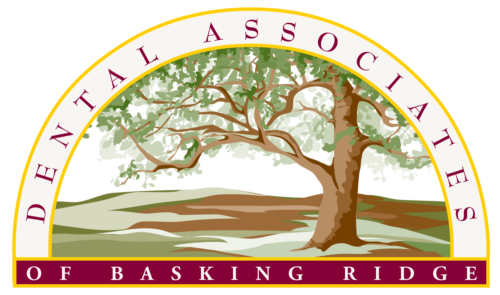
Most people understand the importance of regularly brushing their teeth to maintain oral health. However, many think flossing is optional to their dental hygiene routine. In reality, flossing is an essential component of oral healthcare and can offer significant benefits. Please continue reading to learn the precise techniques for optimal results and how our seasoned general dentistry/dentists located in Basking Ridge & Morristown, NJ, can help you understand the importance of regularly using dental floss.
Should You Floss or Brush Your Teeth First?
Similarly to brushing your teeth, flossing can contribute significantly to your oral health by removing plaque, bacteria, and food particles from between your teeth and along the gum line. Dental floss is often made with one of two polymers: nylon or teflon. Due to the soft string of silk, dental floss can reach parts of your teeth that are brushing can’t. If you don’t floss regularly, plaque and bacteria can build up, resulting in cavities and gum disease. In addition, it can cause bad breath (halitosis).
Many question whether they should brush or floss first during their oral care routine. To many people’s surprise, it’s recommended that you floss your teeth before brushing them. Flossing loosens food particles left behind and plaque from your teeth, making it easier to brush away. It’s also advisable to floss first because you are less likely to skip brushing than you are to skip flossing. Once you get into the habit of flossing first, you will integrate it into your regular oral care routine.
How Often Should You Use Dental Floss?
Dentists often recommend that you floss at least once a day and brush your teeth at least twice a day. Flossing too frequently can lead to irritating your gums, making you more susceptible to gum disease. Flossing at least once a day will help prevent cavities and gum disease.
While flossing may seem easy, different techniques can take a bit of practice. Firstly, you should break off a strand of dental floss equal in length to the distance from your hand to your shoulder and wind it around your index and middle fingers. It’s crucial to note that you should leave around five centimeters between your hand to ensure you have enough space to glide the floss between your teeth easily. From here, you should wind the remaining floss around the middle finger of your other hand. Next, grip the floss between your index fingers and the numbers of both hands. Gently slide the strand between two teeth, moving up and down until you reach the gum line. You should curve and slip it under the gum next to one tooth. Then, to clean the surfaces between the teeth, slide the floss upward and toward tightly against your tooth. Using a clean piece of dental floss for each new space between teeth would be best.
For more information about different flossing techniques, please don’t hesitate to schedule an appointment with our NJ Dental Team at Dental Associates of Basking Ridge, who can help you improve your oral care routine.






